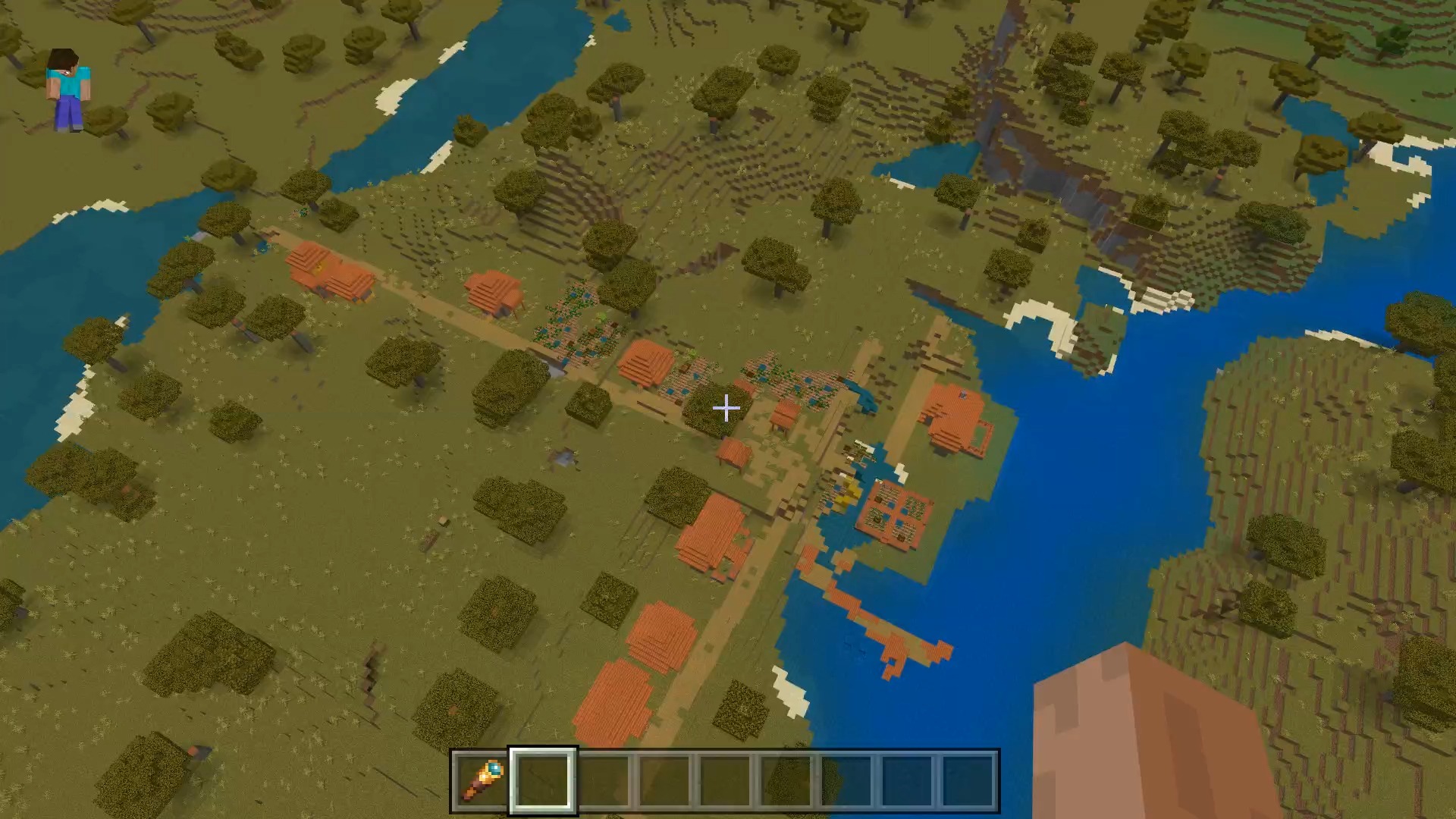DirectX 9.0c, commonly known as DX9, is a pivotal multimedia API suite introduced by Microsoft. It has significantly streamlined the development of games and other multimedia applications, while also enhancing 3D graphics rendering and audio processing capabilities on Windows platforms. One of the most notable advancements in DX9.0c is the introduction of Shader Model 3.0, which has revolutionized graphic rendering, allowing games and applications to display more realistic and detailed visual effects.

DirectX provides developers with a unified, cross-hardware API interface, making it easier for games and applications to be compatible with a variety of hardware platforms without the need to write separate drivers for each. This greatly reduces the burden on developers and accelerates the development process of multimedia applications.
With the inclusion of Shader Model 3.0, DirectX 9.0c has substantially increased the complexity and realism of graphics rendering. The addition of Pixel Shader 3.0 and Vertex Shader 3.0 enables developers to create 3D scenes with more sophisticated lighting effects, finer textures, and higher realism. Additionally, it optimizes audio processing, enhancing sound clarity and stereo quality.

Before DirectX, users had to manually configure parameters for sound cards, graphics cards, and other hardware to ensure the proper functioning of games and applications. The advent of DirectX greatly simplified this process. Users now only need to ensure that their drivers are compatible with the DirectX version to enjoy smooth gaming and multimedia experiences.
The widespread adoption of DirectX has spurred the rapid development of multimedia applications, particularly in the gaming industry. As graphics and sound effects continue to improve, games have become more immersive and captivating, attracting a large audience. Moreover, DirectX provides robust technical support for other multimedia applications, such as video playback and virtual reality.


DirectX optimizes the use and scheduling of hardware resources, improving overall system performance. It makes graphics and audio processing more efficient, reducing the load on the CPU, and thus enhancing the system's response speed and stability.
Installation Steps

Download and double-click to extract the file, then open the installation page.
Double-click the exe file and follow the instructions on the page to install.


Wait patiently for the installation to complete, and then you can start using it.







 傲软PDF转换
傲软PDF转换
 作曲大师音乐梦想家
作曲大师音乐梦想家
 金字塔决策交易系统64位
金字塔决策交易系统64位
 腾讯围棋
腾讯围棋
 QVE人声分离
QVE人声分离
 QVE电脑录音
QVE电脑录音
 浆果录屏
浆果录屏
 打印机驱动管家
打印机驱动管家
 2K公布免费第三人称英雄射击游戏《Ethos计划》
2K公布免费第三人称英雄射击游戏《Ethos计划》
 考试啦,《葫芦娃2》带来原动画细节小考卷(4)
考试啦,《葫芦娃2》带来原动画细节小考卷(4)
 王国两位君主北欧之地隐士有什么用
王国两位君主北欧之地隐士有什么用
 我的世界种子怎么种植方法
我的世界种子怎么种植方法
 崩坏学园2怎么注销崩坏怎么注销账号
崩坏学园2怎么注销崩坏怎么注销账号
 不止《生化危机》外媒精选30款恐怖佳作
不止《生化危机》外媒精选30款恐怖佳作
 王国两位君主北欧之地雷神之锤解锁顺序
王国两位君主北欧之地雷神之锤解锁顺序
 梦幻西游梦玲珑穿什么
梦幻西游梦玲珑穿什么
 功夫熊猫阿宝邀你切磋,《蛋仔派对》联动KouKouLove第二弹开启
功夫熊猫阿宝邀你切磋,《蛋仔派对》联动KouKouLove第二弹开启
 终结之王SF《街头篮球》提升胜率之失误控制
终结之王SF《街头篮球》提升胜率之失误控制